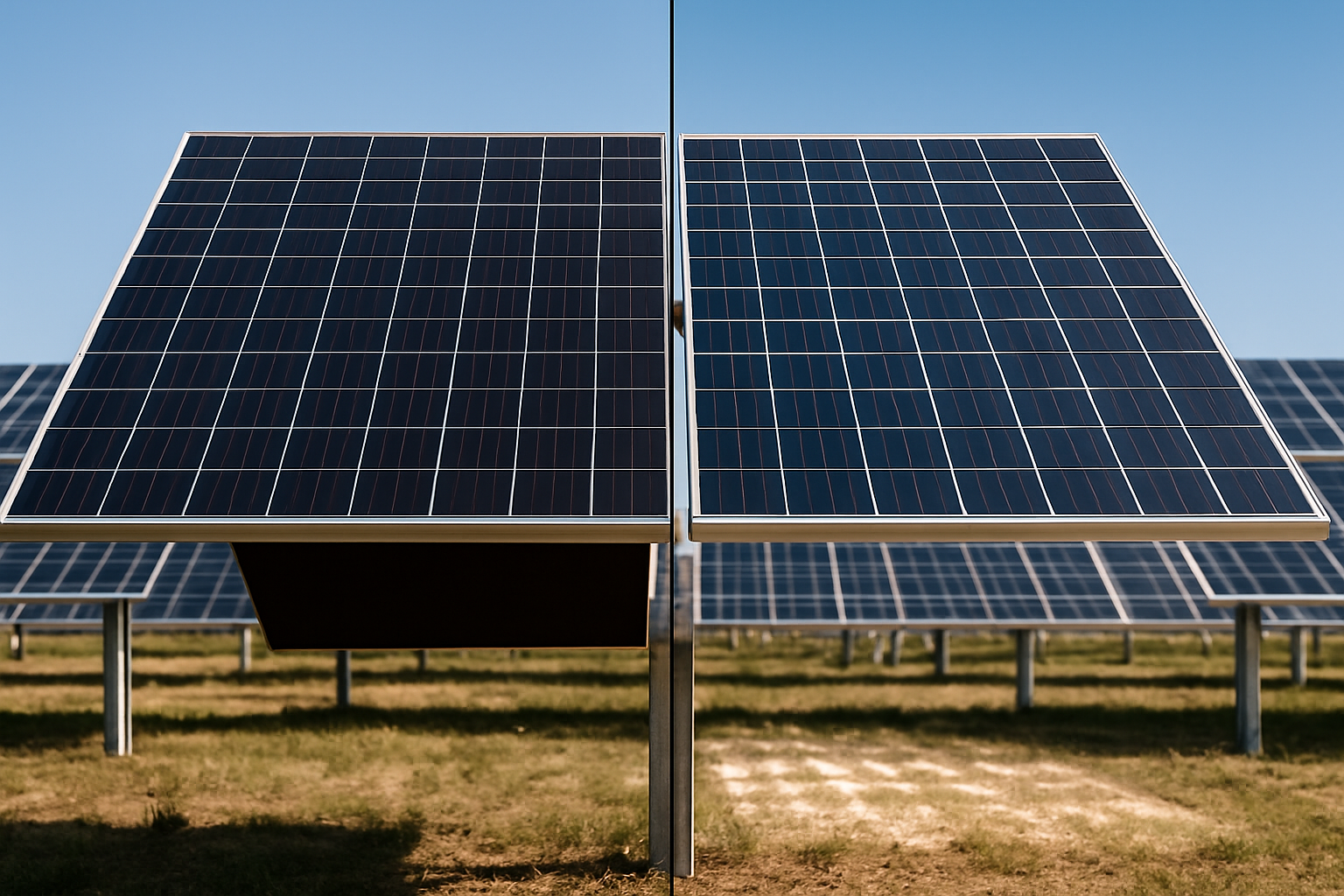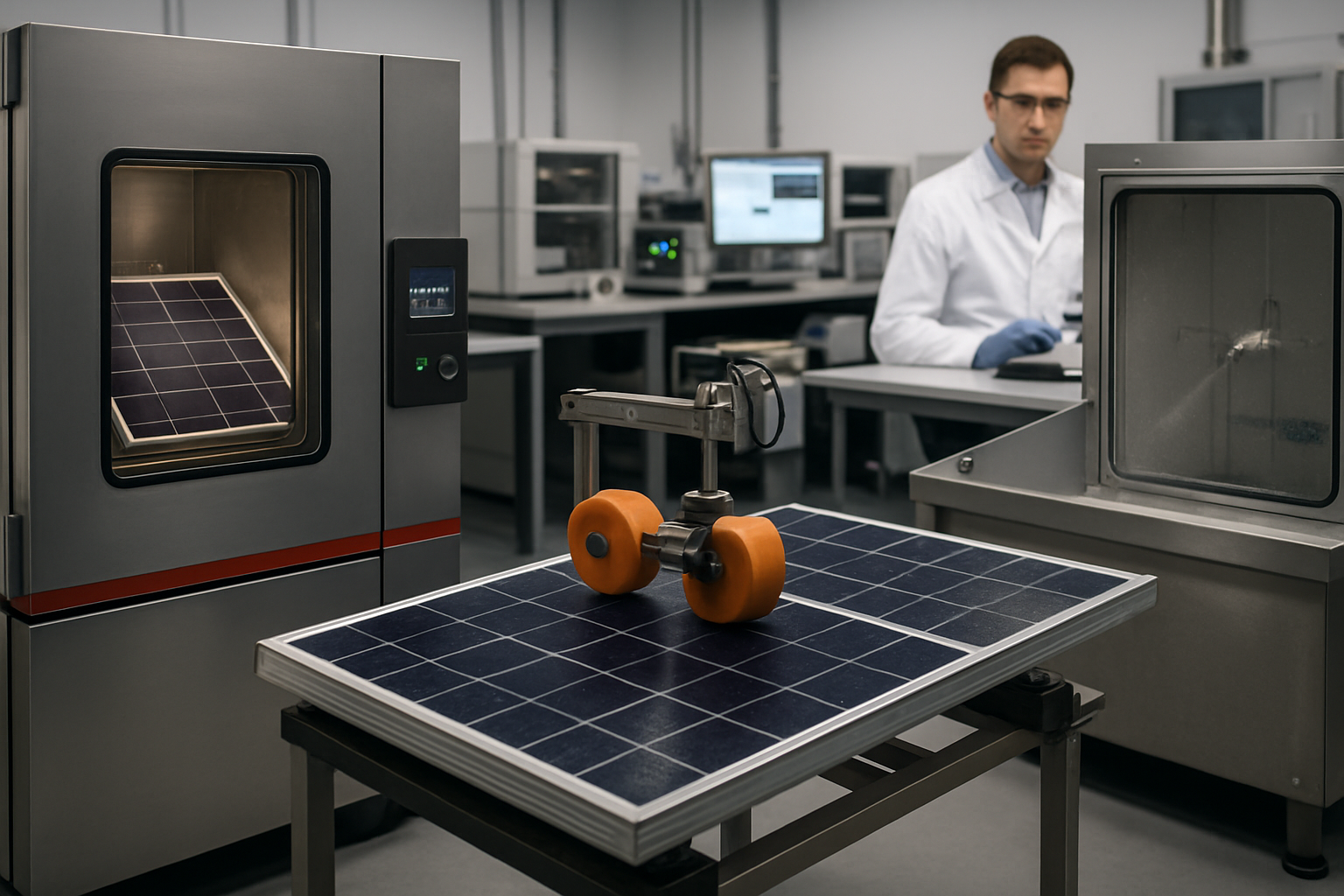The global energy landscape is transforming at an unprecedented pace, with solar power at the forefront. Solar photovoltaic (PV) capacity has seen explosive growth, driven by significant cost reductions and supportive policies worldwide. The European Union, for instance, installed around 60 GW of solar PV capacity in 2024, more than double the annual capacity added in 2021 before the recent energy crisis. However, navigating the solar module market requires more than just a passing glance at today's prices. A deep understanding of solar panel market trends, price drivers, and sophisticated economic analysis is necessary to make sound investment decisions.
This analysis moves beyond simple upfront costs to evaluate the lifetime value of a solar investment. We will examine the core factors influencing solar panel economics, from global supply chains to the nuanced benefits of pairing PV systems with advanced energy storage. The goal is to equip you with the knowledge to assess the true, long-term financial performance of a solar energy project.

Key Drivers Shaping Solar Panel Market Trends
The price and availability of solar modules are influenced by a complex interplay of global forces. Understanding these dynamics is the first step in mastering solar panel economics.
Global Supply and Demand Dynamics
In recent years, a massive expansion in manufacturing capacity has dramatically increased the global supply of solar panels. This surge has been a primary driver of falling module prices. However, this supply is highly concentrated, with a significant portion of production located in specific regions. This concentration creates supply chain vulnerabilities that can be exposed by trade policy shifts and geopolitical events. The number of trade restrictions and import duties has been rising, affecting regional market prices and project timelines.
On the demand side, growth remains robust. Ambitious renewable energy targets in the US, Europe, and China continue to fuel the solar module market demand. For example, China surpassed its 2030 goal of 1,200 GW of combined solar and wind capacity six years ahead of schedule in mid-2024. This sustained demand, coupled with supply chain risks, creates a dynamic and sometimes volatile market. For more on how government actions influence the market, see Policy Price Signals: How EU, US, China Shift Module Mix.
The Impact of Technological Advancements
Innovation is a constant in the solar industry. The evolution from multicrystalline to monocrystalline silicon wafers, and now to next-generation cell architectures, is steadily pushing module efficiencies higher. Technologies like TOPCon (Tunnel Oxide Passivated Contact) and HJT (Heterojunction) are becoming mainstream, offering better performance and lower degradation rates over the panel's lifespan. These incremental gains have a significant cumulative effect on a project's energy yield and financial returns. Looking further ahead, emerging technologies like perovskite tandem cells promise to break new efficiency barriers. You can learn more in The 2025 Market Guide to TOPCon, HJT, and Tandem Modules and explore future possibilities in Can Perovskite Tandem Panels Beat Silicon on $/kWh by 2030?.
Raw Material Costs and Production Inputs
While technology drives long-term cost reductions, short-term price fluctuations are often tied to the cost of raw materials. Polysilicon, the primary feedstock for crystalline silicon PV cells, has experienced significant price volatility. Other key materials, including silver, copper, aluminum, and glass, also impact the final module cost. After a period of consistent declines, prices for some clean energy technologies, including solar PV modules, rose in 2021 and 2022 due to higher input costs for critical minerals and bulk materials. These price pressures highlight the importance of monitoring commodity markets when planning a project. For a detailed forecast, review 9 Data-Backed Trends Shaping PV Module Costs to 2030.
Economic Analysis: Moving Beyond the Sticker Price
A sophisticated module type economic analysis looks past the initial purchase price (dollars per watt) and focuses on the long-term cost of generating electricity. This is where the concept of Levelized Cost of Energy becomes indispensable.
LCOE: The True Measure of Solar Project Viability
The Levelized Cost of Energy (LCOE) is a metric that calculates the average net present cost of electricity generation for a system over its lifetime. It accounts for all costs, including the initial capital expenditure (CapEx), ongoing operations and maintenance (O&M), and financing costs, divided by the total energy produced over the system's lifespan. This approach provides a comprehensive, apples-to-apples comparison between different technologies and projects. Focusing on LCOE instead of the initial price tag ensures you select a module that delivers the best financial return. Gain a deeper understanding by reading How to Choose PV Module Types by LCOE, Not Sticker Price and From ASP to LCOE: Reading IRENA/IEA Signals in PV Pricing.
Module Technology and Its Economic Implications
The choice of module technology directly impacts LCOE. High-efficiency modules, such as those using TOPCon or bifacial cells, may have a higher upfront cost but can generate more electricity from a smaller area. This reduces balance-of-system (BOS) costs like racking and wiring and can be crucial for space-constrained projects. Bifacial modules, for example, can capture reflected light from the rear side, boosting energy yield significantly in the right conditions. The economic case for these technologies is powerful, as demonstrated in this Case Study: Bifacial vs Mono PERC ROI on a 5 MW Farm. Even seemingly cheaper options require careful evaluation, a topic covered in Myth vs Reality: Are Cheaper Thin-Film Panels a False Economy?.
| Module Technology | Typical Efficiency Range | Key Advantages | Best Suited For |
|---|---|---|---|
| Mono PERC | 20% - 22.5% | Mature technology, excellent cost-performance balance. | Residential, C&I, and utility-scale projects with ample space. |
| TOPCon | 22% - 24% | Higher efficiency, lower degradation, better temperature coefficient. | Projects where maximizing energy yield and long-term performance is critical. |
| HJT | 22.5% - 24.5% | Excellent low-light performance, very low degradation, high bifaciality. | High-end residential and commercial projects demanding premium performance. |
| Bifacial (All Types) | +5% to 25% energy gain | Captures albedo (reflected light) from the rear side to boost yield. | Ground-mount utility-scale, carports, and flat commercial rooftops with reflective surfaces. |
Bankability, Warranties, and Risk Assessment
A solar project is a long-term asset, typically expected to operate for 25 to 30 years. Therefore, the manufacturer's stability and the strength of their warranties are critical economic factors. "Bankability" refers to a manufacturer's financial health and reputation, which gives investors and lenders confidence that the company will be around to honor its warranty claims. A strong performance warranty, which guarantees a certain output level after 25 or 30 years, protects against underperformance and higher-than-expected degradation. These factors are crucial for de-risking a project and securing favorable financing. Learn more about this in Risk Pricing 101: Warranties, Degradation, and Bankability.
The Synergistic Economics of Solar and Energy Storage
As solar penetration increases, the value of solar energy becomes intrinsically linked to energy storage. Storage solves the intermittency of solar power, allowing clean energy to be used whenever it's needed, not just when the sun is shining.
Why Solar Plus Storage is the New Standard
Pairing solar PV with an energy storage system (ESS) transforms a variable power source into a dispatchable asset. For homeowners, this means greater self-consumption of the solar energy they produce, reducing reliance on the grid and providing backup power during outages. For commercial and utility applications, storage can perform grid services like frequency regulation and peak shaving, unlocking new revenue streams. The falling costs of battery technology, particularly high-performance and safe Lithium Iron Phosphate (LiFePO4) batteries, are making these integrated solutions increasingly economical. As a company with deep experience in LiFePO4 battery manufacturing and integrated ESS development, we focus on providing reliable and scalable solutions to help customers achieve energy independence.
Maximizing Financial Returns with Integrated Systems
An integrated system, where the solar panels, hybrid inverter, and batteries are designed to work together seamlessly, maximizes overall efficiency and financial returns. A properly sized ESS ensures that minimal solar energy is curtailed or sent to the grid for low compensation. Instead, it is stored for high-value use later. This strategy improves a project's Net Present Value (NPV) and can significantly shorten the payback period. Our home energy storage systems are engineered as a complete package, combining our advanced lithium batteries with efficient solar inverters and panels to deliver a cohesive and optimized solution. Discover how to Unlock Higher NPV: Pair LiFePO4 ESS with High-Efficiency PV.
Application-Specific Economic Considerations
The economic drivers for solar and storage vary by application. Residential systems are often motivated by reducing electricity bills and achieving energy security. For these users, payback period is a key metric. Commercial installations may focus on reducing demand charges, which can be a large portion of their electricity costs. For remote applications without grid access, our off-grid solar solutions, designed for homes, farms, and cabins, provide reliable power and eliminate the volatility of fuel costs for generators. Each scenario requires a tailored approach to system design and financial analysis. Explore these differences in Residential vs Utility: Module Choices That Shorten Payback and find ways to optimize long-term costs in the Installer Playbook: Reduce PV O&M and Degradation Costs Fast.
A Forward Look at Solar Economics
The solar market is defined by constant change. Technology will continue to advance, supply chains will evolve, and new policies will shape regional markets. Success in this environment depends on adopting a holistic economic perspective. It requires looking beyond the upfront cost of a panel and evaluating its lifetime performance, reliability, and its synergy with energy storage.
Making an informed decision means choosing components that are not just cost-effective today, but are built to deliver value for decades. By focusing on high-quality, reliable, and scalable energy solutions, you can build a resilient energy future and achieve true energy independence.
Disclaimer: The information provided in this text is for informational purposes only. It does not constitute financial, investment, or legal advice. You should consult with a qualified professional before making any financial decisions.





Leave a comment
All comments are moderated before being published.
This site is protected by hCaptcha and the hCaptcha Privacy Policy and Terms of Service apply.